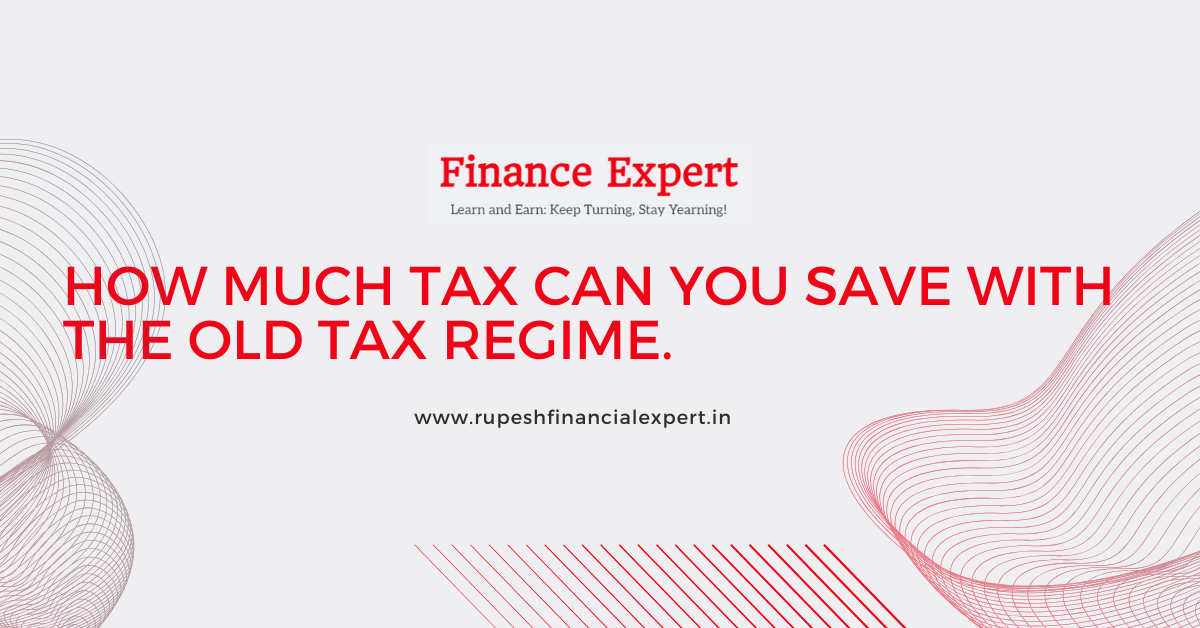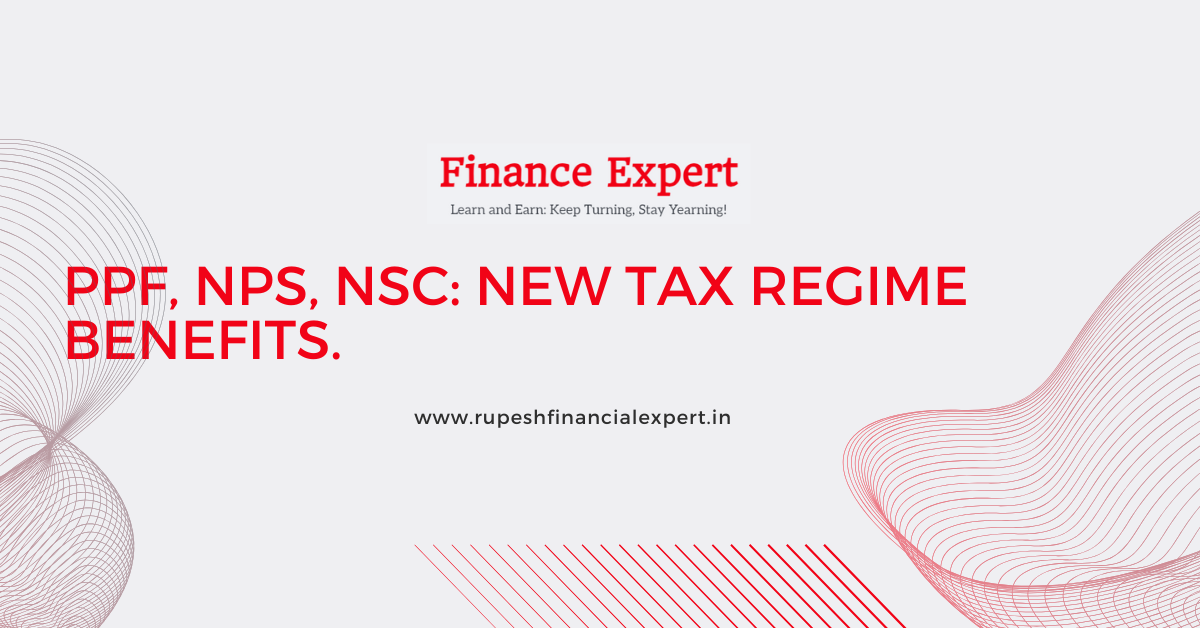Namashkar, my name is Rupesh Jadhav and welcome to Rupeshfinancialexpert.where I unlock the knowledge of finance rather locking it.
As I navigate the realm of tax-saving investments in India, my choices are guided by a strategic approach that aligns with my individual financial aspirations. Consulting with a financial advisor becomes a crucial step to receive tailored recommendations, ensuring that my investment decisions are well-informed and aligned with my unique circumstances. With a focus on understanding the risks and benefits of each option, I embark on this personalized journey, confident that my investment strategy is poised to complement and elevate my financial well-being.
Embarking on the realm of tax-saving investments in India is more than just a financial endeavor for me; it’s a strategic move to optimize my earnings while aligning with my individual financial goals and risk tolerance. Let’s delve into the spectrum of investment options available and explore the avenues that resonate with my perspective.

Section 80C – Deduction up to Rs. 1.5 lakh:
Public Provident Fund (PPF):
The features of PPF are simple yet very powerful. The allure of guaranteed returns, tax-free maturity, and a steadfast 15-year commitment speaks to my need for stability and long-term financial planning. PPF was launched in 1968 with the aim to provide a savings option for retirement to people. PPF is a long-term investment and savings product. with a minimum investment of Rs. 500 and a cap at Rs. 1.5 lakh per year, PPF offers the flexibility I seek in my investment journey.
Equity Linked Saving Scheme (ELSS):
The prospect of potentially higher returns, coupled with a relatively shorter lock-in period of 3 years, aligns with my inclination to explore dynamic market opportunities. Linked Savings Schemes (ELSS) which helps in wealth creation in the long run and it invests a minimum of 80% in equity.
National Pension Scheme (NPS):
The idea of building a retirement corpus with tax-free maturity and market-linked returns aligns with my vision of securing a robust financial future. The commitment to stay invested until retirement at 60 years resonates with my long-term planning approach. and the minimum contribution at a time is also Rs.500/-.
Employee Provident Fund (EPF):
As a salaried professional, the mandatory nature of EPF, coupled with commendable returns and long-term security, provides a solid foundation for my financial portfolio. pension for employees after the age of 58 years.
Unit Linked Insurance Plans (ULIPs):
Despite the associated higher charges, the prospect of combining insurance and investment in a single product with tax benefits adds a layer of diversification to my financial strategy.
Tax-saving Fixed Deposits (FDs):
The appeal of a secure investment with a fixed interest rate and a 5-year lock-in period makes tax-saving FDs an attractive choice for risk mitigation in my portfolio.
National Savings Certificate (NSC):
The government-backed assurance, combined with guaranteed returns and tax benefits, positions NSC as a conservative yet compelling option for me. allows individuals to invest and earn fixed interest over a predetermined, period it has a majority period of five years with an interest rate of 7.7%.

Other Sections with Tax Benefits:
Section 80D:
The consideration of medical insurance premiums for self, spouse, and dependent parents underscores my commitment to holistic financial well-being.
Section 80G:
Exploring deductions for donations to charitable institutions adds a philanthropic touch to my tax-saving strategy, aligning with my values.
Section 24(b):
Recognizing interest paid on a home loan as a tax-saving opportunity reinforces the importance of homeownership in my financial roadmap.

Additional Factors to Consider:
Risk Appetite:
My comfort level with potential losses becomes a pivotal factor in tailoring my investment choices.
Investment Horizon:
Determining the duration of my investment journey guides my decision-making process and ensures alignment with my financial goals.
Liquidity Needs:
Assessing the need for easy access to funds strikes a balance between financial security and flexibility.
Financial Goals:
Identifying whether I’m saving for retirement, education, or other objectives helps fine-tune my investment strategy according to my overarching financial plan.




